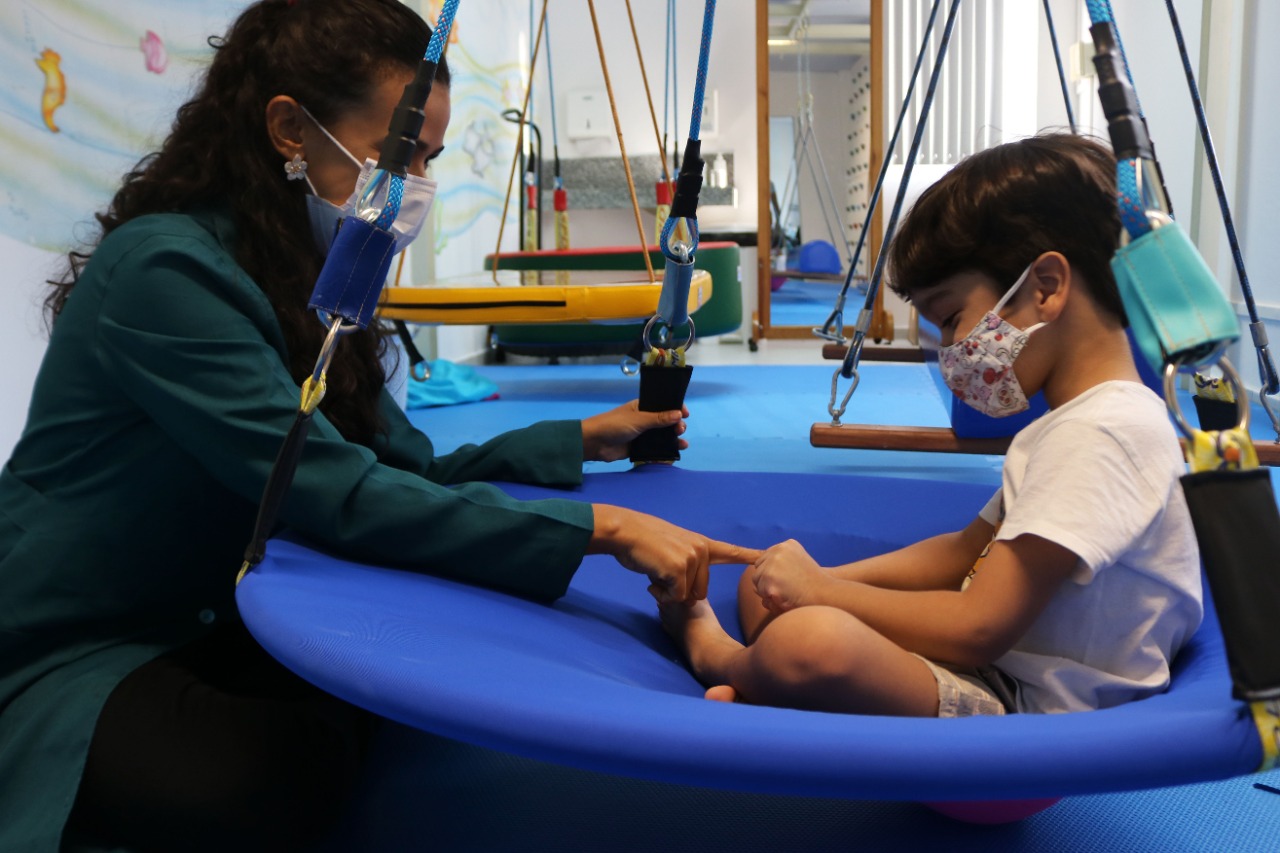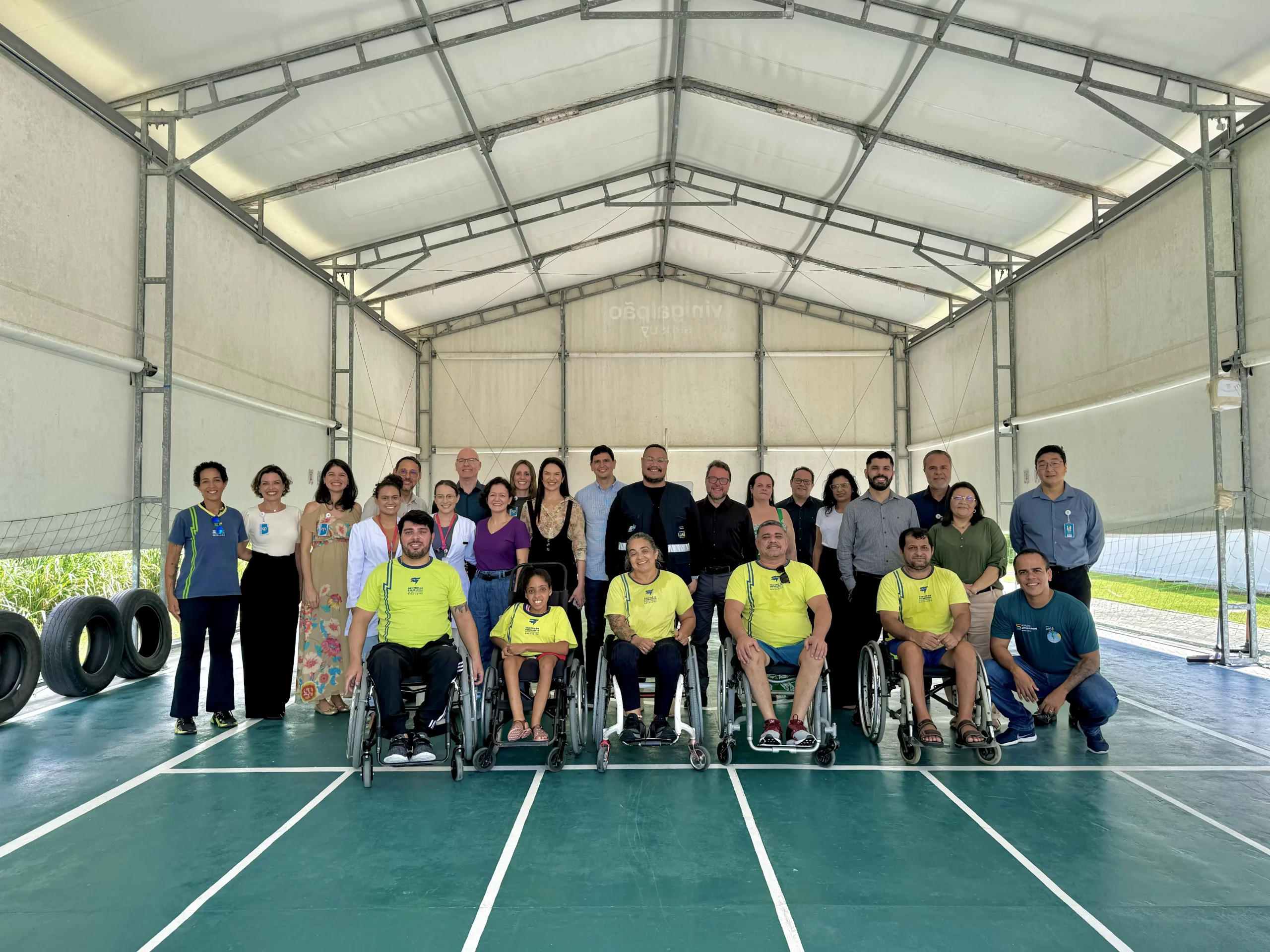Putting on a coat when you are cold, differentiating textures and flavors without necessarily having to look at them, distinguishing a soft sound from a loud or shrill one: these and other actions seem trivial in the daily lives of most people. The ability to interpret internal and external sensory stimuli, however, is not a simple process, and thousands of people face difficulties in interpreting these sensations, which are essential for quality of life and the use of the body in the environment.
In the 1970s, American occupational therapist and researcher Jean Ayres found that “sensory dysfunction,” as this neurological difficulty in interpreting stimuli is called, could be associated with a series of problems in the development of children and adolescents. In an attempt to treat the dysfunction, Ayres developed an approach she called Sensory Integration, the objective of which is to “organize” sensations and provide the necessary information so that people affected by the condition could react to stimuli appropriately.
João Pedro Silva, 5 years old, is treated at the Prematurity Clinic of the Anita Garibaldi Center for Education and Health Research (Anita), one of the units of the Santos Dumont Institute (ISD) in Macaíba (RN). He is one of the children and adolescents who underwent occupational therapy sessions using the Sensory Integration approach. “He had a lot of difficulty with textures. Things with the texture of dough, grass, sand, for example, provoked very strong reactions in him,” explains João Pedro’s mother, Telma Silva, 47 years old.
Since he was 10 months old, João Pedro has been treated by Anita's multidisciplinary team. In 2022, with the opening of the Sensory Integration room at the Specialized Rehabilitation Center that operates at the unit (CER IV ISD), he also began to receive treatment using this approach.
Multidisciplinary occupational therapist Thays Brígido, who works at the unit, explains that the Sensory Integration approach is important to ensure that children and adolescents can develop functionally. “You are constantly receiving stimuli and you adapt and react to them. When you enter a room, you identify the space, where to go, its depth, where to sit, whether it is cold or hot, and you modulate your reactions according to these stimuli. If you are not able to modulate these reactions, you end up not being able to give functional responses,” she explains.
“We assess and see which area of processing deserves a closer look from us. If the person feels the sensation of movement too much, this may result in them remaining still, for example, because they may not be able to handle the movement. So we work on the issue of accepting this movement,” says Thays. The therapist emphasizes that the approach is specific for people who have some difficulty with sensory processing, and that patients need to undergo an assessment before starting to practice it.
During the sessions, everyday situations are discussed in which sensory dysfunction interferes, such as playing, studying and eating. This is why the practice requires adapted spaces, with specific equipment that helps with this integration. “We evaluate, we see which area of processing deserves a closer look from our part. If the patient feels the sensation of movement too much and this results in her remaining more still, for example, because she cannot bear the movement. Then we will work on the issue of acceptance of this movement”, says Thays. The therapist emphasizes that Sensory Integration is not for everyone, and that patients need to undergo an evaluation before starting to practice the approach.
For Telma, João Pedro's mother, the effects of the adaptation in processing stimuli already have practical effects on his daily life. "He now asks to make pizza dough, he can now walk on the grass... these are things that make a big difference. The work that is done in the sessions does not end after the consultation, there are many exercises and activities that they give us to do with him at home and that really produced many good effects for him", she says.
Text: Mariana Ceci / Ascom – ISD
Photograph: Mariana Ceci / Ascom – ISD
Communication Office
comunicacao@isd.org.br
(84) 99416-1880
Santos Dumont Institute (ISD)
It is a Social Organization linked to the Ministry of Education (MEC) and includes the Edmond and Lily Safra International Institute of Neurosciences and the Anita Garibaldi Health Education and Research Center, both in Macaíba. ISD's mission is to promote education for life, forming citizens through integrated teaching, research and extension actions, in addition to contributing to a fairer and more humane transformation of Brazilian social reality.















